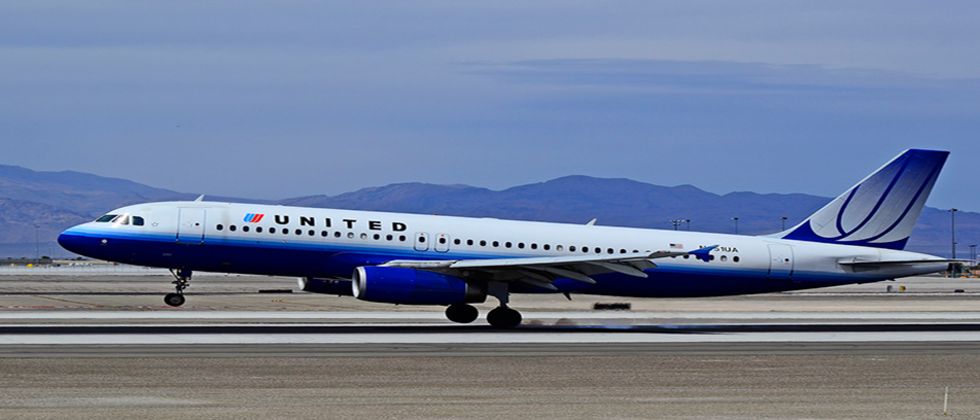California Management Review
California Management Review is a premier academic management journal published at UC Berkeley
by Deb Ossi

Can a multiplicity of logics within an organization result in better water for a community in Bolivia or affect flights in Kansas?
In a recent article in the California Management Review, “ESOP Plus Benefit Corporation: Ownership Culture with Benefit Accountability,” Nancy Kurland examines EA Engineering, Science, and Technology Inc., PBC (EA) as a case study in two types of shareholder capitalism: the employee stock ownership plan (ESOP) and the benefit corporation. The author argues that ESOPs and benefit corporations present discrete logics that hold the potential for synergy when combined in one organization, as she claims that they do in EA.
Kurland argues that “being a benefit corporation can strengthen the employee-owned company’s ownership culture through enhanced engagement and creation of a meaningful work environment. And employee owners can add a layer of accountability to meet the benefit corporation’s expanded stakeholder mandate.” Since EA is both 100% employee-owned and a benefit corporation, their example illustrates the ideal of what is possible when combining hybrid structures within an organization.
If Kurland’s argument holds true, and the decision-making capabilities of the benefit corporation are aligned with the ownership culture of the ESOP, what does this mean for ESOPs who engage employees in profit sharing but not in decision making? United Airlines’ failed endeavor into the ESOP landscape provides a cautionary example.
United Airlines entered into an ESOP with its pilots and machinists in 1995. The endeavor resulted in an initially wildly successful transition into stakeholder capitalism and a new mindset among the employees who were now part-owners of the corporation. Financial gains, paired with increased productivity and fewer grievances, seemed to indicate a bright future for the airline giant.
But within a few years, satisfaction among workers had plummeted to a new low. “The struggle culminated in a ferocious slowdown staged by United’s pilots in the summer of 2000. They taxied at a crawl. They refused to work overtime. On-time performance, which hit 81% during the first ESOP year, dropped to 40%. Passenger traffic fell off a cliff.”
What could trigger such a dramatic turn of events? Kurland’s study of ESOPs and benefit corporations offers valuable insight.
Because ESOPs only define “ownership” in financial terms, they are particularly vulnerable to work culture problems, as seen in the case of United, when stakeholders felt like employees and not employee-owners. Kurland says, “To ensure a successful ESOP – one that motivates employees to work to increase ESOP value – a company needs to develop an ownership culture.” Citing Buxton and Gilbert, she asserts that firms who do not invite employees to take part in the ownership culture of the company are creating “merely incentive programs.”
While complicated by other factors, such as large wage concessions and factions among unions, the lack of ownership culture played a dominant role in the breakdown of United’s ESOP. At United, the ESOP was used as a shield against the potential for the company to be broken down into regional carriers or to outsource labor, rather than a way to invite workers into the decision-making processes of the business. Due to their union stance, flight attendants were not part of the ESOP. By dividing their employees between members of the ESOP and non-members, management ended up causing further splintering of an already divided workforce, spoiling a sense of cohesion and ownership that is one of the best, if intangible benefits of an ESOP. Salary negotiations with pilots and machinists became toxic. The result was a fractured ESOP in which some (but not all) employees held ownership in a company that they grew willing to “sabotage” because of bitter disputes with management. An “us against them” culture, rather than an ownership culture, prevailed, and it undermined the long-term goals of the ESOP.
While the special circumstances of United’s ill-fated venture as an ESOP were culprits in its undoing, the troubles that it encountered are common stumbling blocks for businesses of this type. Kurland sees the example of EA as an educational one. ESOPs may fail if employees do not enjoy participation in decision making; but the meaningful work environment, culture, and community focus of the benefit corporation can provide a fitting antidote. For instance, EA donates to the charity Water for People (which helps provide safe, accessible water to communities in Bolivia and other nations around the world), pays employees for volunteer time, and gives workers a seat at the table in terms of decision making and accountability. These policies are the result of its status as a benefit corporation, and can act as a remedy to some of the inherent vulnerabilities in the ESOP model.
The case of United is so complex that it resists such a pat remedy. Allegiance to unions, the relative size of the corporation, and the divergent goals of management and employees presented a unique challenge for the company. Recognizing the urgent need for workers to engage in ownership culture might have slowed, if not stopped, the ESOPs swift rise and fall, but it is doubtful that it would have brought the level of synergy to the organization that Kurland observed in EA. Perhaps Kurland’s examination of the logics of ESOPs and benefit corporations will continue to expand, allowing for a greater understanding of more complex companies, like United, who try to adopt the ESOP model as a way to increase a sense of ownership and engagement from its employees.